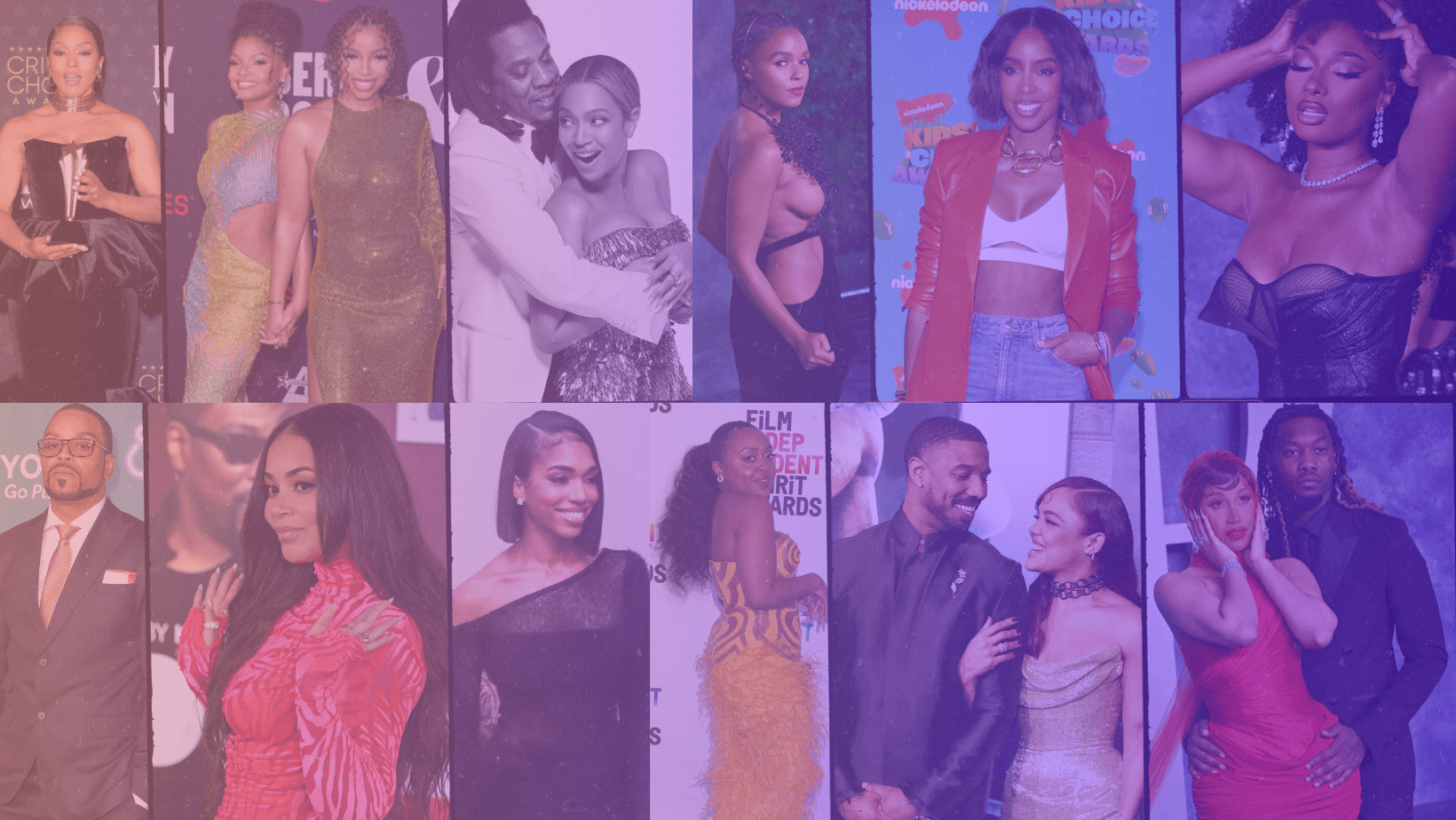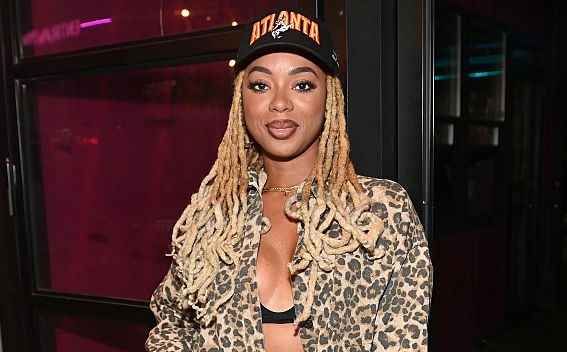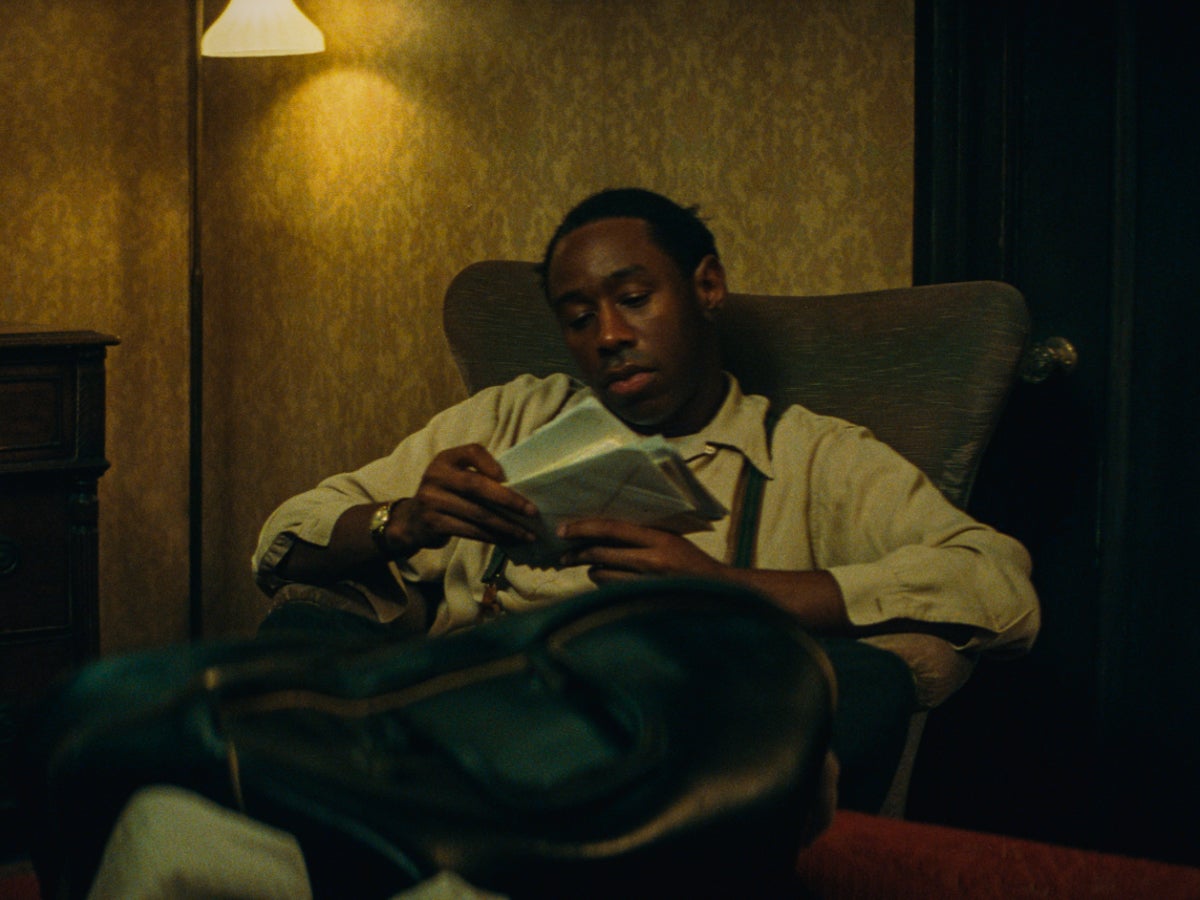Samuel Boakye finds purpose in synthesizing the creativity of diasporic culture. It’s how he makes sense of the world. His early musical influences, Teddy Pendergrass and Fela Kuti, and his father’s affinity for the global Black musical tradition shaped Boakye’s appreciation for the diaspora’s expansive art styles.
Growing up as a first-generation Ghanaian-American in Queens, New York, he always felt deeply connected to both African and Black American culture. Inside the home, he was immersed in the rich culture of his family’s homeland, while outside he also embraced Western society and the culture Black Americans constructed within it. Boakye’s initial love of music led him to explore different creative mediums, eventually bringing him to design. With a music-loving father and a FIT-trained designer mother, Boakye felt encouraged to explore the arts, even if as a pass time, to start. After all, his design label Kwasi Paul is named after both of them.
“It’s an ode to them,” he explains. “If it wasn’t for them, I wouldn’t be here, and the brand wouldn’t even exist. A lot of my inspiration comes from them: how they manage to [navigate] Western society, how they manage to go through the world and challenges, and how they exposed me to different parts of culture.”
Between picking up tips from his mother, burying his nose in her old sketches and textbooks, assisting friends with their clothing lines, and picking up design classes at Los Angeles Trade-Technical College between his corporate nine-to-five, Boakye’s learning process was fueled by sheer curiosity and passion for the craft. This fascination with design seeps through the stitches of his fashion label.
“Kwasi Paul is really like my diary, in a sense. A lot of what I draw inspiration from is my experiences growing up in the in-between,” he begins, before telling me that my use of the word “curiosity” struck him. “I came to realize that I didn’t know too much about my ancestral background and roots, and I’m just curious about the future of the world and what that looks like for the people of the diaspora.”
Expanding on the notion of the in-between world he occupies, he calls attention to two of his collections. “Market Symphonies” was inspired by the African market Boakye shared. He adds that to anyone else in New York, it just might be an African market, but to him and other Ghanaian-Americans, it holds high significance. “I drew inspiration from the spices, the colors, and the communal aspect [of the environment]. The ‘Amerikan Dreamin’‘ collection is an ode to those who made it here, and also those who look at it as this land of honey.”
He goes on to explain how the latter collection draws from the nostalgia of ‘70s and ‘80s American style, such as boot cuts and bell bottoms, married with classic elements such as cowrie shells. The former collection depicts the idea of a world within a world, the comfort that can be found, and the conversations it ignites.
Designing at the crossroads between African and Black American life gives Boakye a deeper appreciation of the cultural connections and pushes him to be intentional with his production. His design label adopts the Ghanaian tradition of weaving fabric on an heirloom, to create fugu cloth. He believes his clothing, all made in Ghana, sparks needed conversation about the work of African designers and the legacy they are building.
He describes those living within the world of Kwasi Paul as “future ancestors,” who embrace the fluidity of their heritage and set out to guide those that will follow long after they are gone. In the same vein, he believes that not only are your ancestors always with you, a quote he returns to frequently, but also that he is his ancestors, because they live within him. Therefore, “how I show respect to them is by showing myself and others respect too because we’re somehow always interconnected.” In his words, the Kwasi Paul consumer is anyone belonging to the diaspora, which could mean the African diaspora encompassing the Americas and the Caribbean, but also the larger immigrant diaspora, and anyone who can identify with occupying space within two worlds. It’s the idea of embracing a new society while still keeping your traditions alive.
Boakye weaves a story of a global culture through both messaging and design details. Consider: smartly tailored suits constructed with his own textiles and graphics meld Western and African elements. He highlights how the use of suits signals a sort of assimilation to the post-colonial influence of Western dressing, while his manipulation of fabrics, prints, and accessories applies Ghanaian influence to Western wear.
“A lot of what happens within this Western world influences the rest of the world, and it has had a major influence in parts of Africa, especially Ghana. I’m also telling narratives based upon how Ghanians view the Western world,” Boakye shared.
Going back to his first love of music, Boakye employs that medium to construct his brand narratives. So much so, that his “Rhythm and Roots” collection came complete with an original EP. “I feel like music is one of the strongest languages. You don’t even have to understand what the lyrics are, but you know the kind of feeling they put you in.” To him, music and fashion are intimately connected, as they both inform movement, performance, and expression. “Music causes emotion, it inspires movement. When I think about movement, I also think about how my clothes are made, going back to the flares, how they move, and if they’re comfortable—if they make you feel good. As a designer, I like to combine different elements of art, and I feel like combining music and fashion opens a portal to a lot of creativity.”
This idea of fusion bubbles up yet again, through his cultural identities, creative outlets, and how he seeks to move the brand forward. Forward-looking, Boakye aims to expand the Kwasi Paul universe through creative direction and design, not exclusive to fashion.







